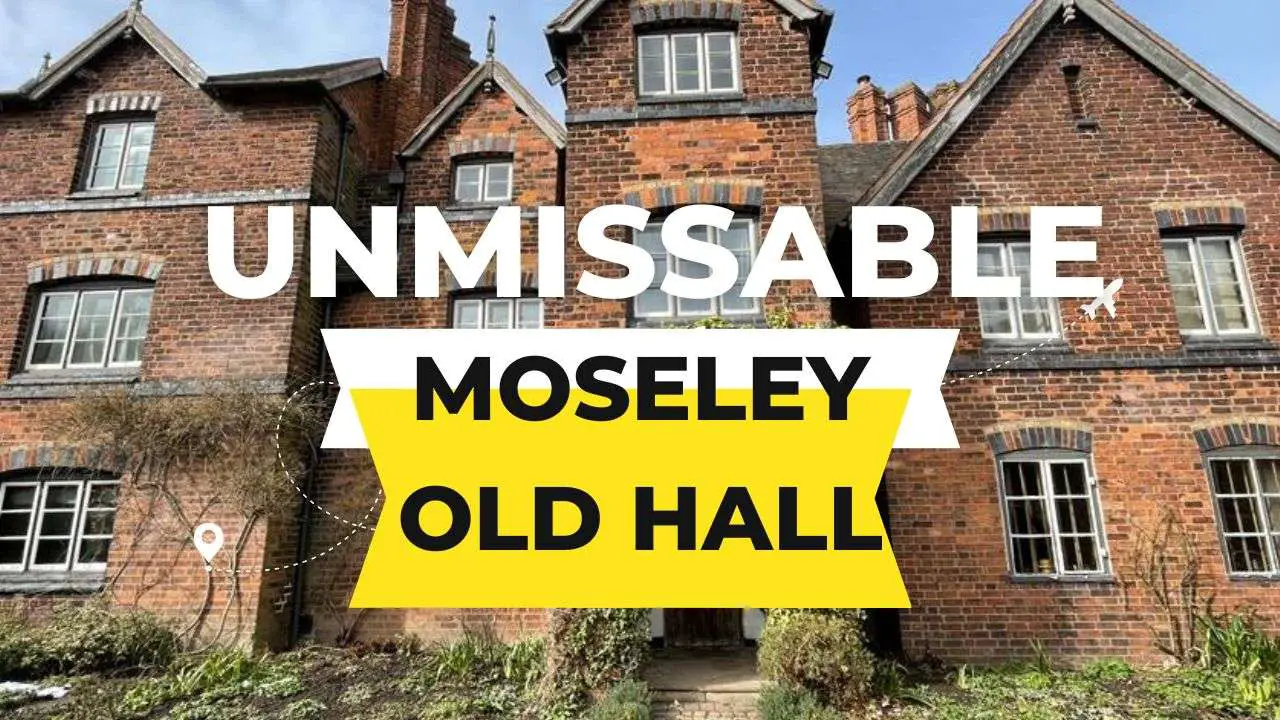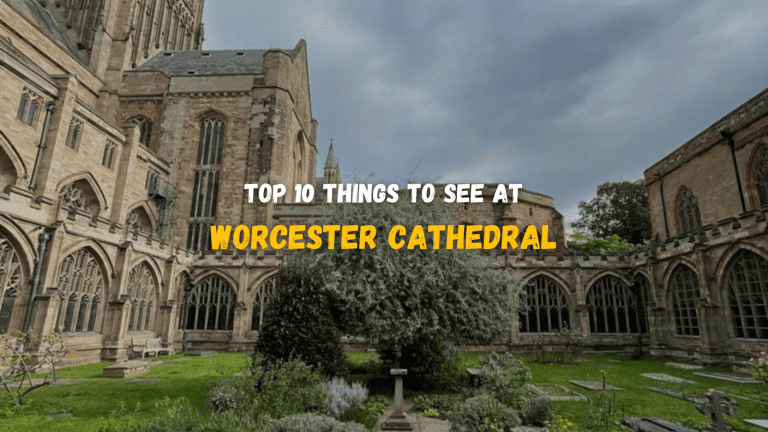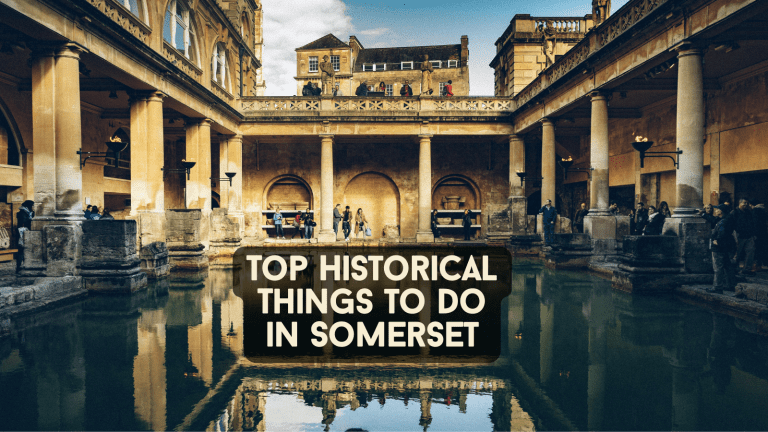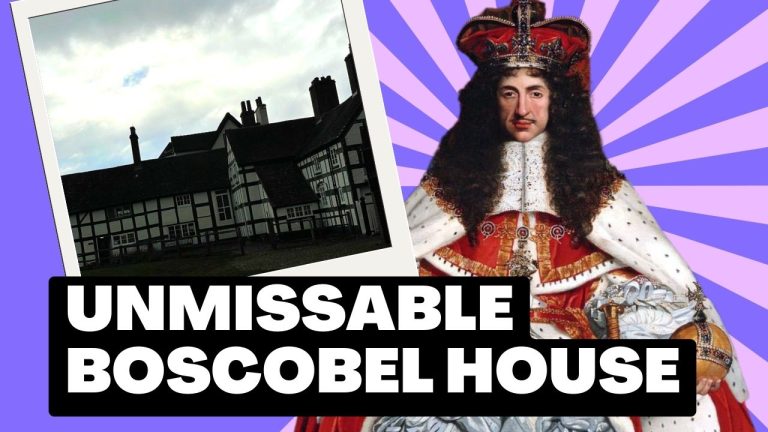5 Unmissable Sights at Moseley Old Hall
Moseley Old Hall was built around 1600, in the late Elizabethan era.
At the time of its construction, it was surrounded by dense woodland, making it an excellent hiding place.
It was built for a catholic gentleman called Henry Pitt. As part of the construction, he had a priest hole built. After Pitt’s death, it was passed down to his daughter Alice, who married Thomas Whitgreave – they had a son, also called Thomas.
The Hall’s claim to fame comes as one of the numerous resting places of the young King Charles II after his defeat at the Battle of Worcester in September 1651. Alice’s son, Thomas Whitgreave, agreed to shelter him. Strangely, Thomas served as a member of parliament for Staffordshire during all three of Cromwellian Protectorate parliaments and was even knighted by Oliver Cromwell in 1658.
The Hall is own operated by the National Trust. There is a free car park over the road from the property. Note the road to Mosley Old Hall is very narrow in places.
The King’s Door.

There aren’t many doors in English country houses that a king has described. However, Moseley Old Hall has one.
Charles II was bought here from nearby Boscobel House in the early hours of Monday 8th, September 1651.
On arriving at the house, he was brought to the servant’s entrance at the back.
He described the door he went through to the diarist Samuel Pepys, saying it was three planks wide and heavily studded.
It still stands today, and you will enter the property through it.
Servants Stairs
Charles II was taken up the set of stairs behind the door. They are incredibly steep and narrow.
There’s a warning sign at the top that visitors should not attempt to descend them. Following the house tour, you leave via the main staircase, which is a far less hazardous affair.
The King’s Room and Four Poster Bed.
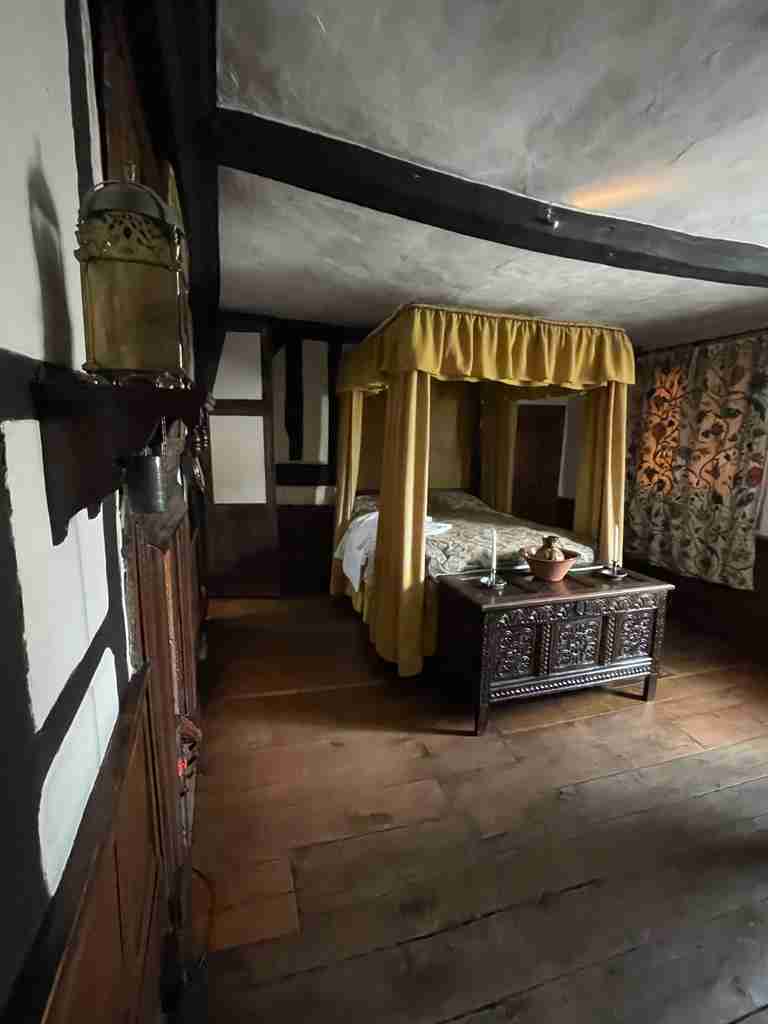
Charles II was ushered up the servant’s stairs, and into what was, at that point, the priest’s bedroom. The priest, Father Huddlestone, then took care of the King. During his stay at nearby Boscobel House, the King had his haircut and face covered in soot to disguise him. He had been given working man’s clothes and shoes. These were very ill-fitting and caused the King’s feet to be cut and bleed severely. The priest’s first act was to bathe and then bind the King’s feet. Many people praise the priest for saving Charles’ life from probable infection.
Charles then rested, fully dressed, in case he needed to flee, on the four-poster bed that is in the King’s Room.
Interestingly in later years, notable people were granted permission to lie on the four-poster bed. Apparently, three British prime ministers have done so.
The Priest Hole
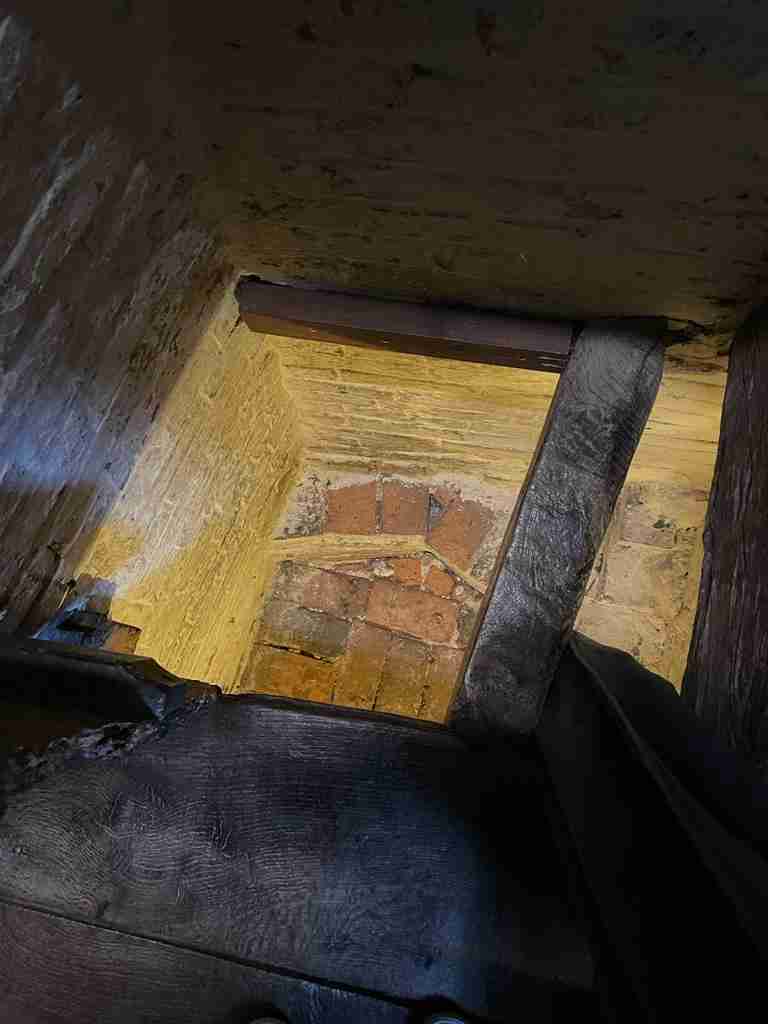
Just off the King’s Room, there is a walking wardrobe. The floor of that walk-in wardrobe contains a priest hole.
When parliament forces arrived at the house, the King was forced to hide in the priest hole together with the priest. However, Thomas Whitgreave persuaded the troops that he had not seen the King and the house was not searched.
Charles II once joked that the priest hole at Mosley Old Hall was the best place he’d ever laid down.
For a man the stature of Charles, standing at 6 foot 2 inches, getting into the priest hole would’ve been a tight squeeze. You can still see the trap door; the King would’ve bolted it into place from the inside.
The Knot Garden
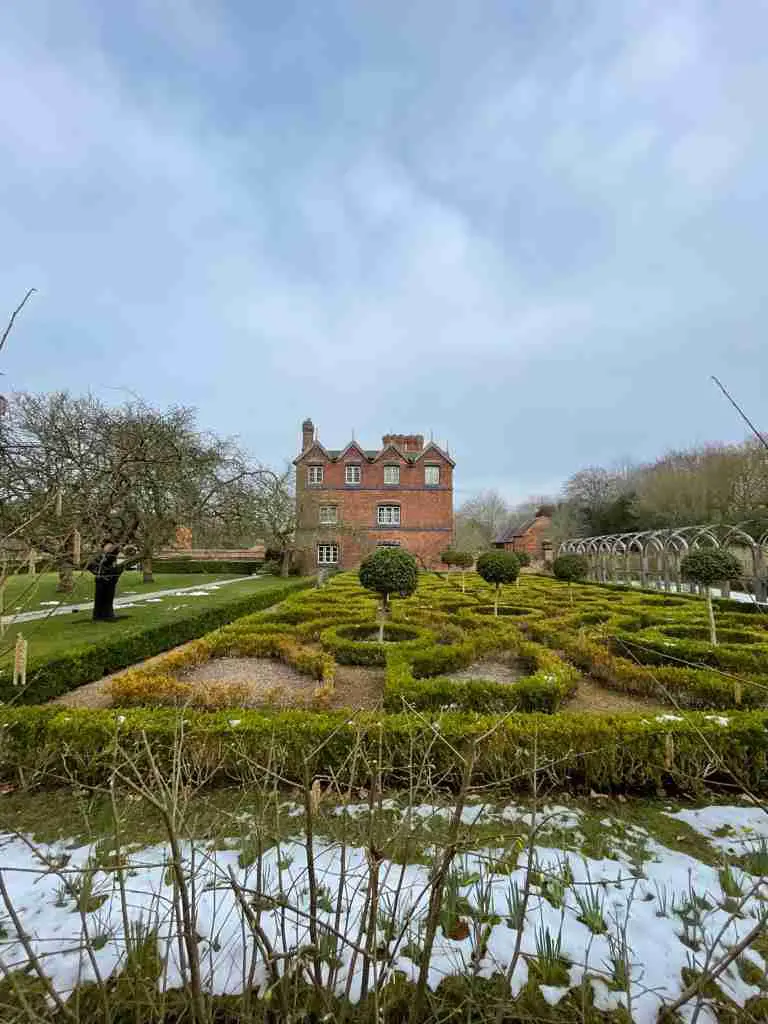
Outside, there is a replica 17th-century Knot garden. Of course, while not the original, it does give a sense of what formal gardens would’ve looked like during the time of Charles II.
The Attic and Chapel
Be warned this is not always open (It depends on the number of volunteers.)
The catholic chapel for Moseley Old Hall was in the attic. Remember, it was built at a time of persecution for those that followed the Catholic faith. Hence the need for a priest hole.
Father Huddlestone, the priest who helped save King Charles II, acted as a tutor for the owner’s three children – his “cover story.” The children helped out during the King’s short stay by acting as lookouts from the attic.
During his stay, the King was shown in the chapel, and apparently, he vowed if he was ever restored to the throne, he would stop the need for Catholics to worship in secret.
Is it worth visiting Mosley Old Hall?
It is an interesting building. The exterior doesn’t match the much earlier and more interesting interior – the outside was changed during the Victorian era. There are some additional pieces of note in the building not mentioned above, including a handwritten letter to Jane Lane thanking her for her help in his escape.
This is a site to spend an hour in. Don’t plan for an entire day here.
Walkers can also enjoy walks following the path of Charles II along what is now called Monarch’s Way.
You can pair a visit with the nearby Boscobel House and White Ladies Priory. (Note both are English Heritage Sites)
